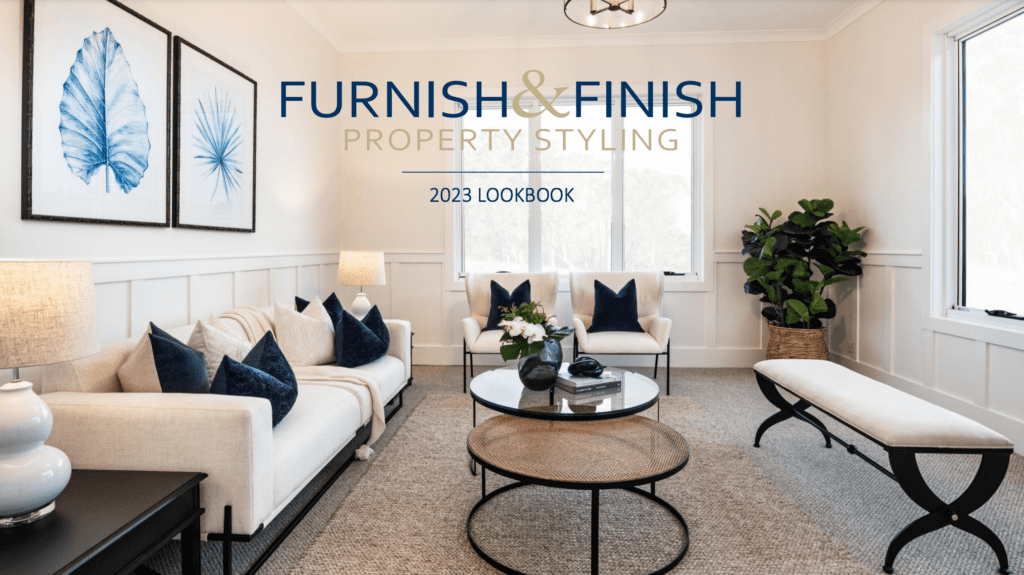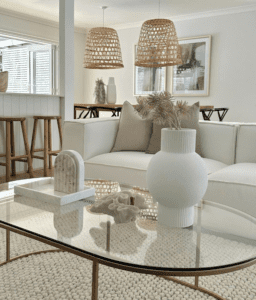When designing a space from scratch there are 7 key elements that most interior designers and decorators rely on to make sure it is balanced. In this blog, we’ll explain these elements to help you on your own interior styling journey.
Element 1: Space
The first thing an interior decorator will do is visit the space they’re styling to get a sense of its dimensions. Knowing the overall size and where doors and windows are located is essential to a seamless design. Space that is filled with furniture is known as positive space, while empty space is known as negative. Striking a balance between positive and negative space makes it feel inviting.
Element 2: Lines
Lines bring structure, creativity and a sense of direction. There are three types of lines to consider; horizontal, vertical and dynamic. Horizontal lines are often found in tables, chairs and similar furnishings. Vertical lines are typically from doors, windows and tall structures like bookcases. Dynamic lines invite action, for example a staircase.
Element 3: Form
Form refers to shapes of the room in general. It could be the shape of the entire space, the furniture, décor and even the light fittings. There are two types; geometric and natural. Geometric forms are man-made, such as furniture. Natural shapes are organic, such as plants. Square shapes tend to embody strength while curves and rounded shapes evoke softness.
Element 4: Light
Light sets the mood of the space; whether it is natural or man-made. A balance of both is required to ensure the room is pleasant from morning to night. The available lighting also informs the best colour choices for the space as it helps determine how bright it will be at any moment.
Element 5: Colour
Colour brings a room to life and can be used as a complementary or a contrasting element. It is often based on colour psychology to ensure the right feelings of the room are being set.
Element 6: Texture
The purpose of texture is to add depth and interest. There are two types; visual and actual. Visual textures are in appearance only, such as marble. Actual textures are both seen and felt, such as velvet. When looking to sell your home, adding colour, texture and patterns is an easy way to enliven a space without the need for major design updates.
Element 7: Pattern
Finally, using patterns you can add interest and excitement. Patterns are defined as any repetitive decorative element.
Trust our team with your styling needs
Furnish and Finish offer stunning interior decorating and property styling to homes in Sydney or Brisbane. We have years of experience helping homeowners find their style and bring it to life. Get in touch with our team today for an obligation-free quote.






No Comments